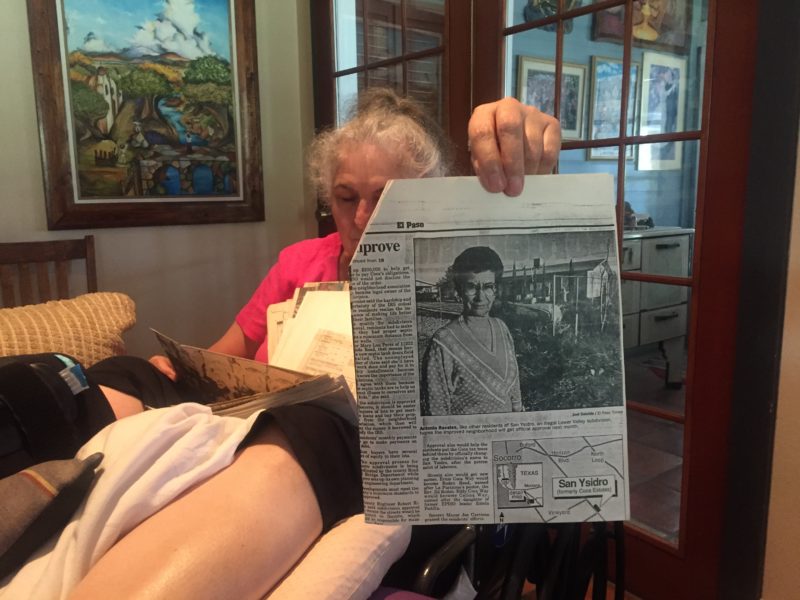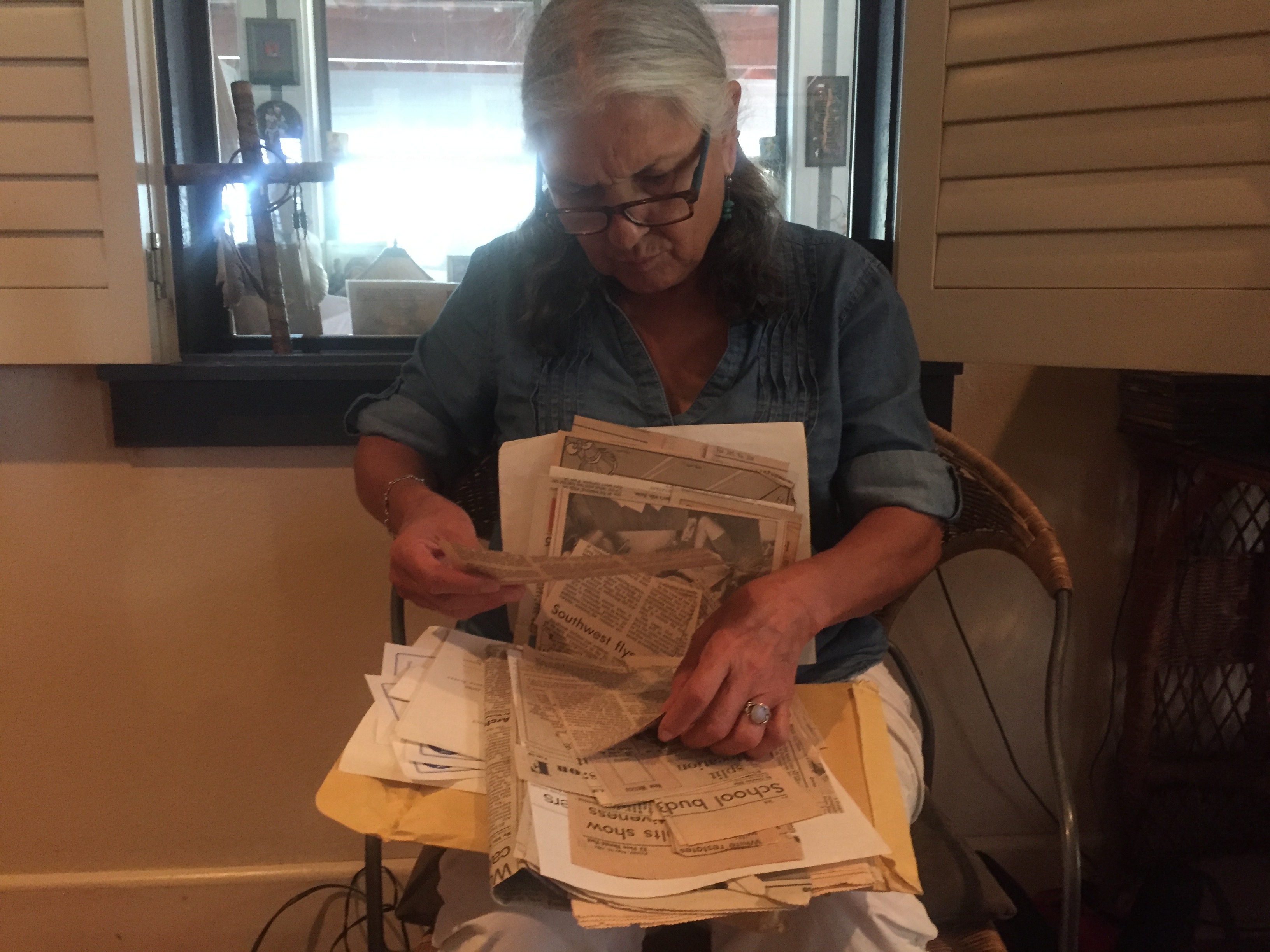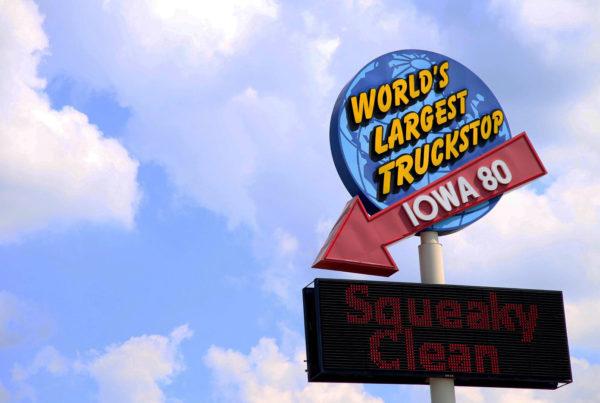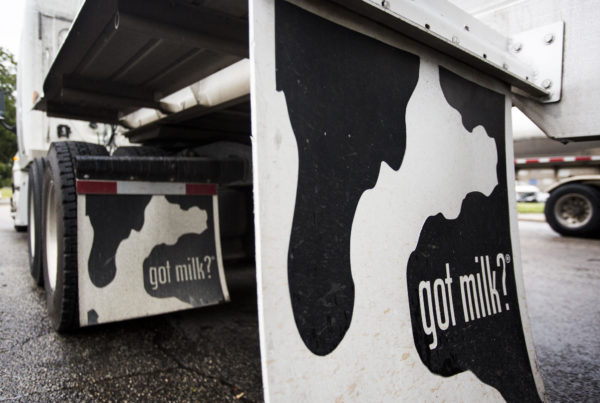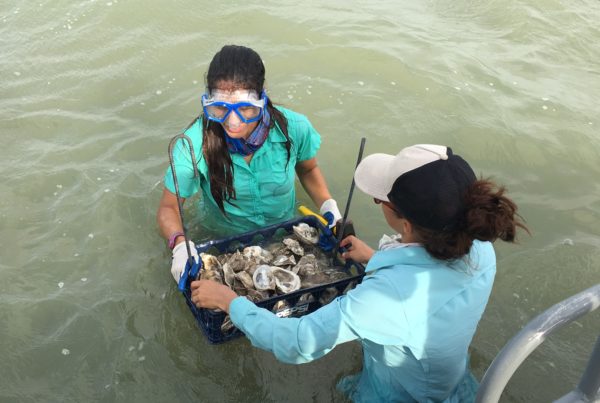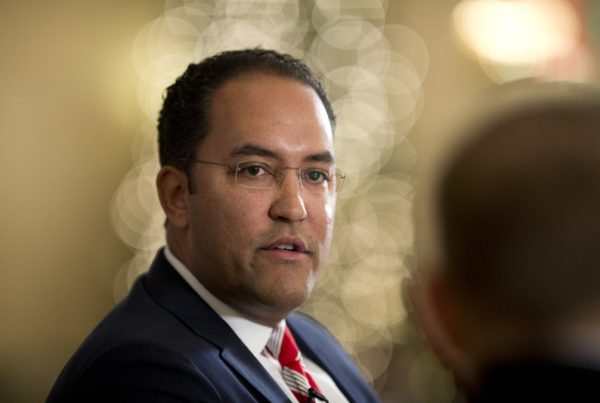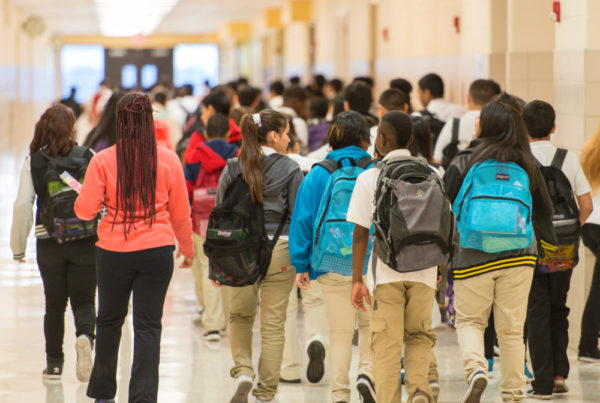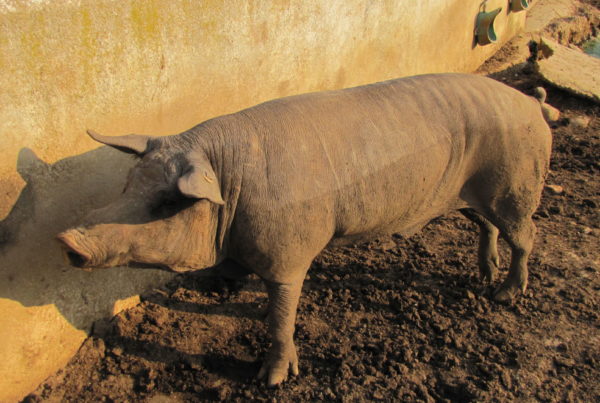Yesterday , we learned about challenges facing residents who live in colonias, the loosely subdivided lots of former agricultural land you find scattered across the Texas borderlands.
Socorro Texas, which is part of the rural eastern end of El Paso County, where many of the original colonias were located. Through community organizing efforts, the county eventually set up the Lower Valley Water District, which brought water and waste systems to the area. Before that, 97 percent of residents in Socorro tested positive for hepatitis A. So what was it like in the early 1980s?
Magda and Stella Loya – sisters who grew up in Socorro – witnessed one of the worst public health crises in Texas history, first-hand. They tell us their story:
Stella Loya:
When I was born, Socorro road had trees that met at the top. They were cottonwoods. They were ancient. The river used to overflow every spring.. And so what would happen is that everything got watered. It was gorgeous. Families with picnic along the river and take horses and it was lovely it was lush.
And so then when they dammed the river – the Rio Grande – up in New Mexico, all of that stopped and it took many years. It took decades for all of those cottonwoods to die out. And everything changed. Our wetlands went dry. This was a very rural dormant little community until the ’60s. We had large influxes of population. It was a huge influx of people like we had never known.
Magda Loya:
Farmers were making more money by just selling off lots than by farming. And so that drew a lot of people in from the city. The city had a very failed public housing program. So many people seeking housing started to come out here and buy cheap little lots. They were promised the moon. They were promised roads and electricity and all kinds of infrastructure. In the end got nothing. And that’s what we came to know as a “colonia.”
Stella Loya:
They were pretty recent immigrants with kids the buyers looking for education looking for opportunity.
Magda Loya:
I’m thinking of Mary Lou Perez. You know buy a little trailer put it on that land. Unfortunately she was in one of these terrible colonias where the developer had promised “Oh Mija, you’re going to get water and you’re going to have sewer service everything everything is coming everything is coming.” Never came.
Stella Loya:
For a long time people were content with what was going on. But as the water got more scarce and got more brackish people really started feeling the effect of not having potable water. And so you know it’s not even good to bathe in. And people would end up with skin rashes and health problems you know.
Magda Loya:
Everyone had their wells. But they also had to build cesspools because there was no service. There was no city service. Sewage. And so people lived in close proximity to one another and they all had their cesspools in the water tables became contaminated and people started pulling up glasses of water that was greenish or you know just terrible water. there were huge communities and lots of children growing up in those conditions you know and so it just got really bad.
Magda Loya:
I had been gone for ten years. In 1981 I came to work for the Socorro district – the school district. See in those 10 years, ‘71 to ‘81 were just amazing years because I left and it was a rural town and I came back and it was mayhem. You know, land had been sold, little shanties had been put up and I mean it was it was chaotic
Well in 1981 we moved back. My first assignment was with little middle schoolers and some of them outright smelled. And then I just started picking up. We had horrible very ugly very racist teachers and the comments you know that they would make about the children and they had adjectives ascribed to the children. According to their smell. You know just how “ripe” they were – you know just horrible things. And I really didn’t know what to do. I mean it was very desperate.
Stella Loya:
We grew up at a time when we used to pump our water with a hand pump. We used to carry a pail of water into the kitchen and put it on this little cabinet that was called the water cabinet. And the little pail was there, that was their drinking water. And we would take a cup.
Magda Loya:
We had a common cup.
Stella Loya:
A common cup for the whole family. But in the morning when we got up to brush our teeth my mother would give us a little cup of water and our toothbrushes and we would go outside outdoors to brush our teeth in the morning sunrise. and you know how people – what they do when they brush their teeth now – they start the faucet and let it run the whole time that they’re brushing their teeth and they’re just throwing it down the drain.
Magda Loya:
But they say the next war, the present ones are over oil and the next ones are over water.


